Krakow's churches no.31 – Church of St. Casimir the Prince in Krakow
[ENG]
The Church of St. Casimir the Prince, together with the adjacent monastery of the Friars Minor – popularly known as the Reformati – is one of the most interesting and lesser-known religious complexes in Krakow. Located on Reformacka Street, on the north-western edge of the Old Town, it conceals a fascinating history related to the turbulent history of the city, as well as many secrets and unique elements that attract both art historians and ordinary tourists. The history of the Reformati in Krakow dates back to the first half of the 17th century. They arrived in Poland in 1622, and were brought to Krakow three years later. Their first seat was established in the suburb of Garbary, near today's Kapucyńska Street, just outside the city's defensive walls. Unfortunately, a dozen or so years after the construction of the church, the Swedish Deluge came to Poland. In 1655, Krakow was preparing to defend itself against the Swedish army. Hetman Stefan Czarniecki, commander of the Polish defense of the city, issued an order to burn the outskirts of Kraków in order to prevent the Swedes from using them for attacks and quartering troops. As a result of this strategy, many buildings burned down, including the Reformati church and monastery in Garbary. The monks lost not only their place of worship, but also their residential buildings and all their achievements. After the Swedish Deluge, they quickly began efforts to obtain a new seat - this time within the city walls.
The monks obtained a plot of land in the north-western part of the city. In 1666, construction of a new church and monastery began there, the consecration of which took place on October 16, 1672.
The church was built according to a model typical of Reformati churches. It is single-nave, towerless, with a narrower and lower presbytery. The plan of the church is simple and functional. The façade remained modest, and the decoration limited – in line with the ideals of the order, avoiding ostentation and distraction. The interior is also characterized by moderation, although it has elements of Baroque furnishings. The main altar contains a carved crucifix from the mid-17th century – a testimony to Franciscan piety focused on the contemplation of the Passion of the Lord. The side altars were created in the years 1745–1757 and contain paintings of high artistic value, including images of Our Lady of Grace and St. Casimir. The latter painting, dated to around 1670, is considered the most valuable painting in the church. Another exceptional monument is the figurine of the Virgin Mary with Child from around 1370, carved in ivory – probably the oldest preserved element of the furnishings. The monastery was built at the same time as the church and forms a traditional quadrangle around the internal cloister with a well in the middle. The buildings were rebuilt many times and raised by one floor – in the 18th and 20th centuries. From the very beginning, the monastery housed an infirmary and a library. In 1985, the former utility building in the courtyard was adapted to house the modern premises of the Provincial Library and Archives, which made it possible to better secure and make the valuable collections available. One of the most mysterious, unique and dark elements of the complex are the underground crypts. Their history dates back to 1672 – from the moment of the consecration of the new church, the burial of deceased monks and benefactors of the monastery began here. It is estimated that between 1672 and 1870, about 1,000 people were buried here, including about 230 monks. Thanks to the unique microclimate of the underground, about 50 coffins with mummified corpses have been preserved, sometimes equipped with glass lids, allowing viewing the preserved features of the deceased. Today, the crypts constitute a kind of memento mori and are a testimony to the old funeral culture. In the 18th century, the Reformati also acquired a plot of land opposite the church, where they built fourteen Stations of the Cross chapels. This establishment was both liturgical and educational, allowing the faithful to experience the mystery of the Lord's Passion in an outdoor setting.
Address:
ul. Reformacka 4,
31-012 Kraków
Website:
https://www.reformacka4.pl/
Masses on Sundays and celebrations:
07:30, 10:00, 12:00, 16:15, 19:00
[PL]
Kościół św. Kazimierza Królewicza wraz z przyległym klasztorem Braci Mniejszych – popularnie nazywanych reformatami – to jeden z ciekawszych i mniej znanych zespołów sakralnych Krakowa. Położony przy ul. Reformackiej, na północno-zachodnim skraju Starego Miasta, skrywa w sobie fascynującą historię związaną z burzliwymi dziejami miasta, oraz wiele tajemnic i unikalnych elementów, które przyciągają zarówno historyków sztuki, jak i zwykłych turystów. Historia obecności reformatów w Krakowie sięga pierwszej połowy XVII w. Przybyli do Polski w 1622 roku, zaś do Krakowa zostali sprowadzeni trzy lata później. Ich pierwsza siedziba powstała na przedmieściu Garbary, w okolicach dzisiejszej ul. Kapucyńskiej, tuż poza murami obronnymi miasta. Niestety w kilkanaście lat po wzniesieniu świątyni nadszedł na Polskę potop szwedzki. W 1655 roku Kraków przygotowywał się do obrony przed wojskami szwedzkimi. Hetman Stefan Czarniecki, dowódca polskiej obrony miasta, wydał rozkaz spalenia przedmieść Krakowa, po to aby uniemożliwić Szwedom wykorzystanie ich do ataków i zakwaterowania wojsk. W wyniku tej strategii spłonęło wiele budynków, w tym kościół i klasztor reformatów na Garbarach. Zakonnicy stracili nie tylko miejsce kultu, ale też swoje zabudowania mieszkalne i cały dorobek. Po przejściu potopu szwedzkiego rychło rozpoczęli starania o nową siedzibę – tym razem w obrębie murów miejskich.
Zakonnicy uzyskali działkę w północno-zachodniej części miasta. Rozpoczęto tam w 1666 roku budowę nowego kościoła i klasztoru, którego konsekracja miała miejsce 16 października 1672 roku.
Kościół zbudowano według typowego dla reformackich świątyń modelu. Jest jednonawowy, bezwieżowy, z węższym i niższym prezbiterium. Plan kościoła jest prosty i funkcjonalny. Fasada pozostała skromna, a dekoracja ograniczona – zgodnie z ideałami zakonu, unikającymi przepychu i rozproszeń. Wnętrze również odznacza się umiarem, choć posiada elementy barokowego wyposażenia. W głównym ołtarzu znajduje się rzeźbiony krucyfiks z połowy XVII wieku – świadectwo franciszkańskiej pobożności skupionej na kontemplacji Męki Pańskiej. Boczne ołtarze powstały w latach 1745–1757 i zawierają obrazy o wysokiej wartości artystycznej, w tym wizerunki Matki Bożej Łaskawej i św. Kazimierza. Ten ostatni obraz, datowany na ok. 1670 rok, jest uznawany za najcenniejsze dzieło malarskie świątyni. Do wyjątkowych zabytków należy także figurka Matki Bożej z Dzieciątkiem z ok. 1370 roku, rzeźbiona w kości słoniowej – prawdopodobnie najstarszy zachowany element wyposażenia.
Klasztor został wzniesiony równocześnie z kościołem i tworzy tradycyjny czworobok wokół wewnętrznego wirydarza ze studnią pośrodku. Zabudowania były wielokrotnie przebudowywane i podwyższane o jedno piętro – w XVIII i XX wieku. W klasztorze od początku funkcjonowały infirmeria i biblioteka. W 1985 roku dawny budynek gospodarczy w podwórzu zaadaptowano na nowoczesne pomieszczenia Biblioteki i Archiwum Prowincji, dzięki czemu możliwe było lepsze zabezpieczenie i udostępnienie cennych zbiorów.
Jednym z najbardziej tajemniczych i unikalnych i mrocznych elementów kompleksu są podziemne krypty. Ich historia sięga 1672 roku – od momentu konsekracji nowego kościoła rozpoczęto tu chowanie zmarłych zakonników i dobrodziejów klasztoru. Szacuje się, że w latach 1672–1870 pochowano tu około 1000 osób, w tym ok. 230 zakonników. Dzięki wyjątkowemu mikroklimatowi podziemi zachowało się około 50 trumien ze zmumifikowanymi zwłokami, niekiedy wyposażonymi w szklane wieka, pozwalające oglądać zachowane rysy zmarłych. Krypty stanowią dziś swoistą memento mori i są świadectwem dawnej kultury pogrzebowej.
W XVIII wieku reformaci pozyskali również działkę naprzeciwko kościoła, gdzie wybudowali czternaście kapliczek Drogi Krzyżowej. To założenie miało charakter zarówno liturgiczny, jak i edukacyjny, pozwalając wiernym przeżywać misterium Męki Pańskiej w formie plenerowej.
Adres:
ul. Reformacka 4,
31-012 Kraków
Strona internetowa parafii:
https://www.reformacka4.pl/
Msze Święte w niedziele i święta
07:30, 10:00, 12:00, 16:15, 19:00
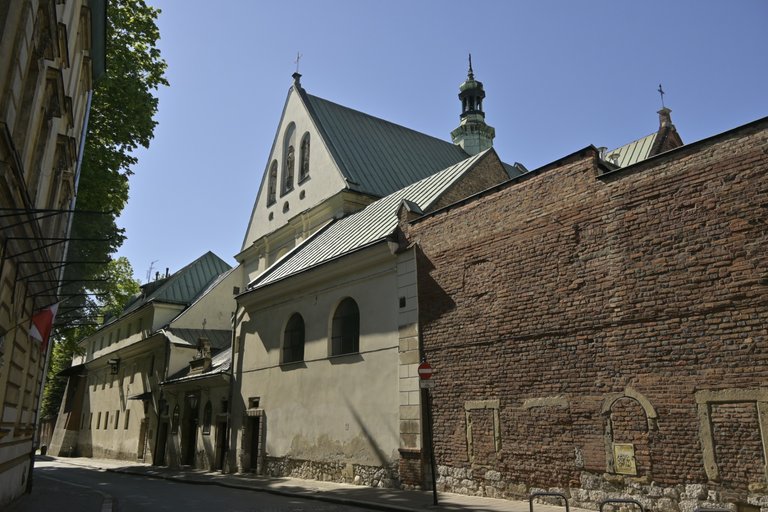
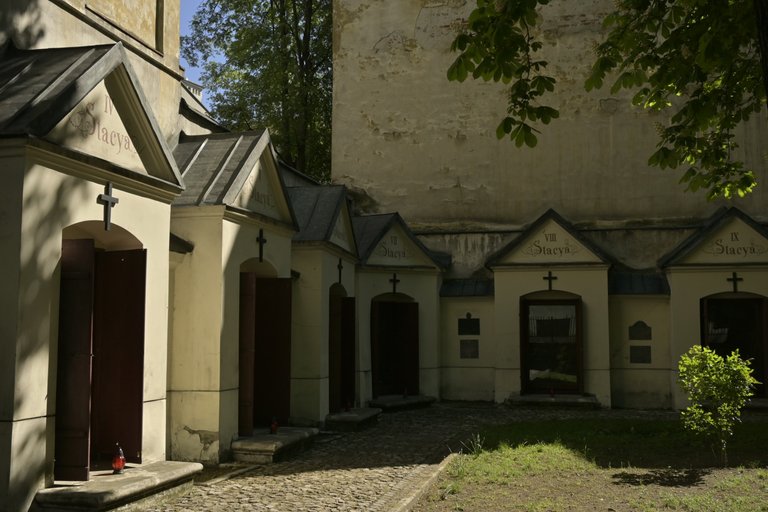

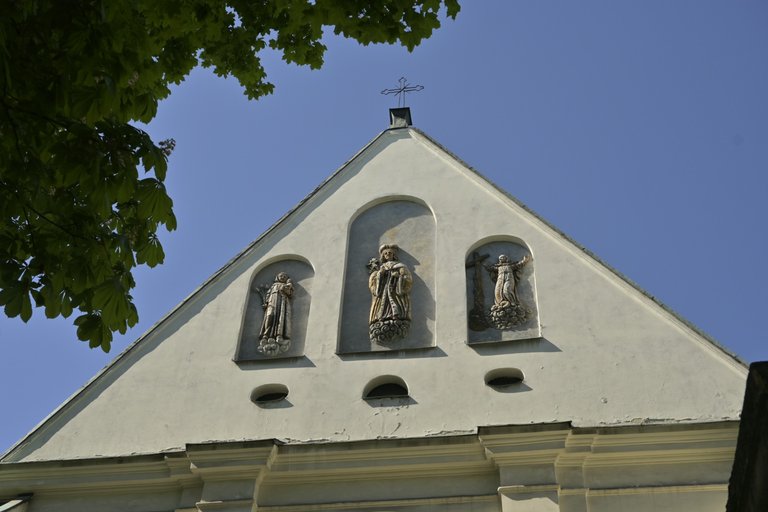
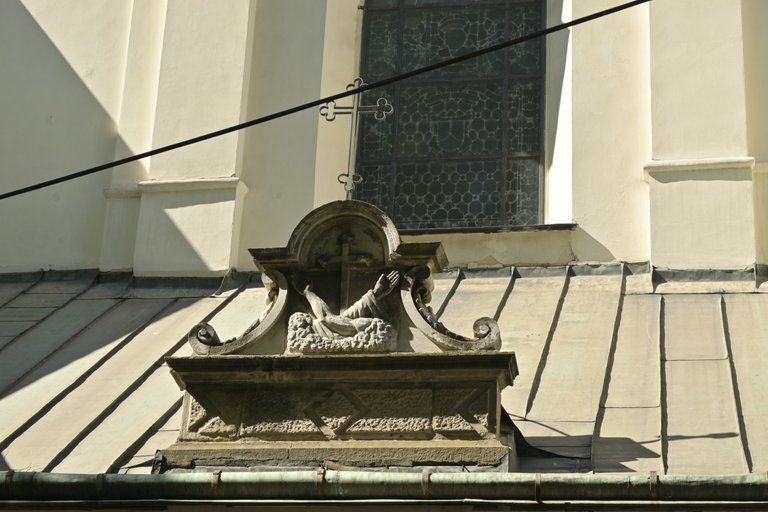

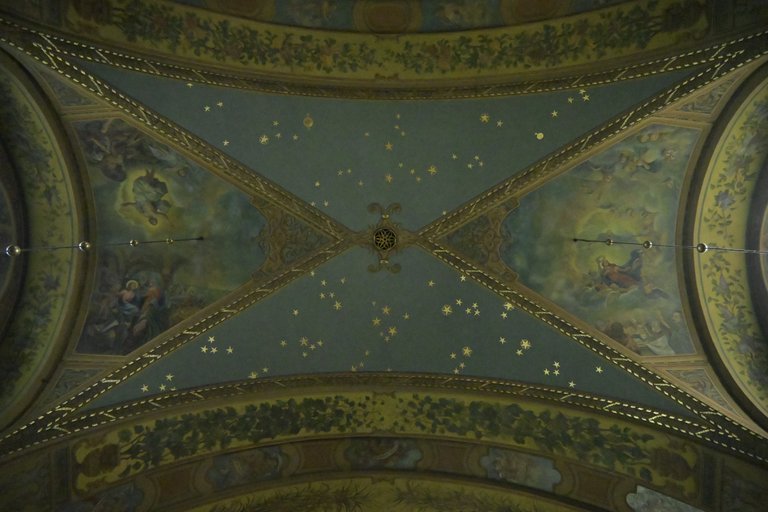
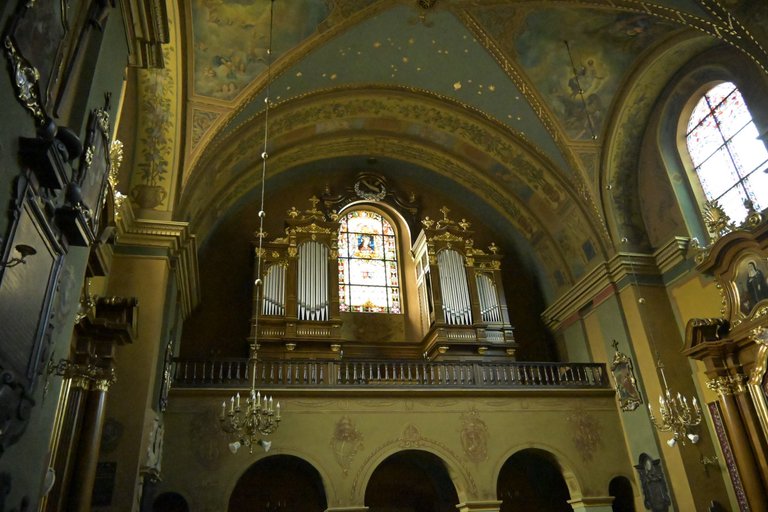
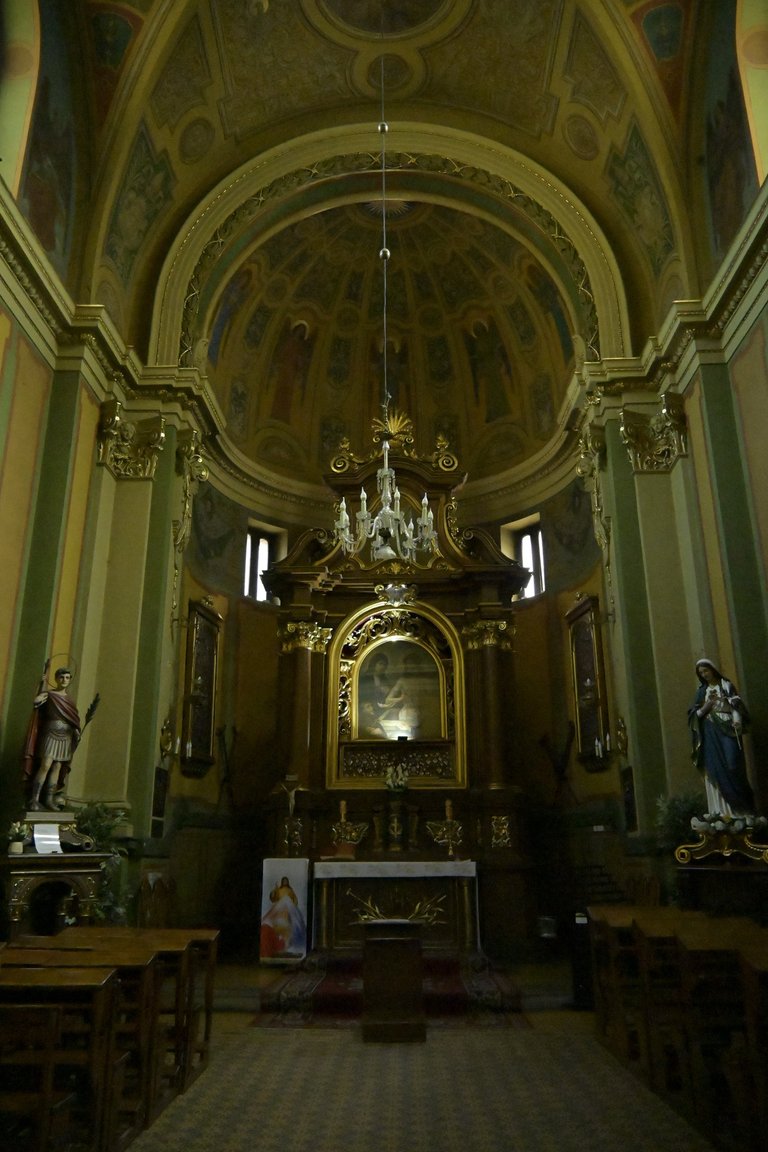
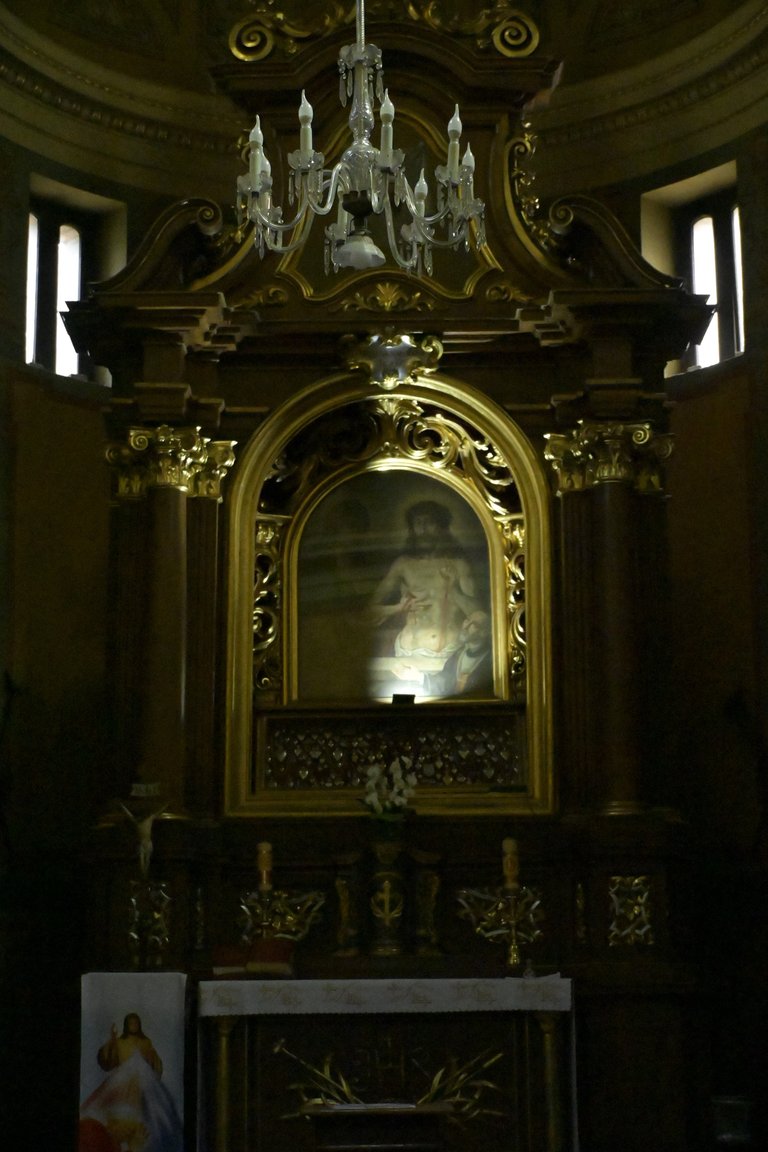
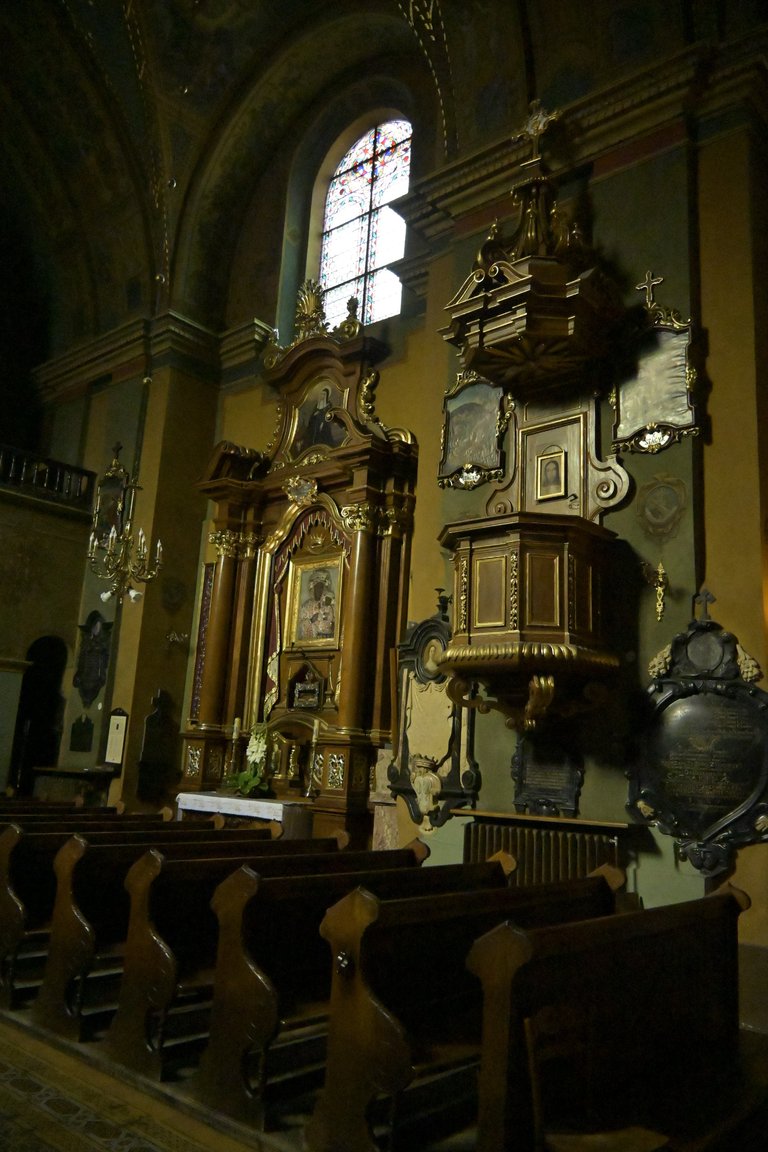
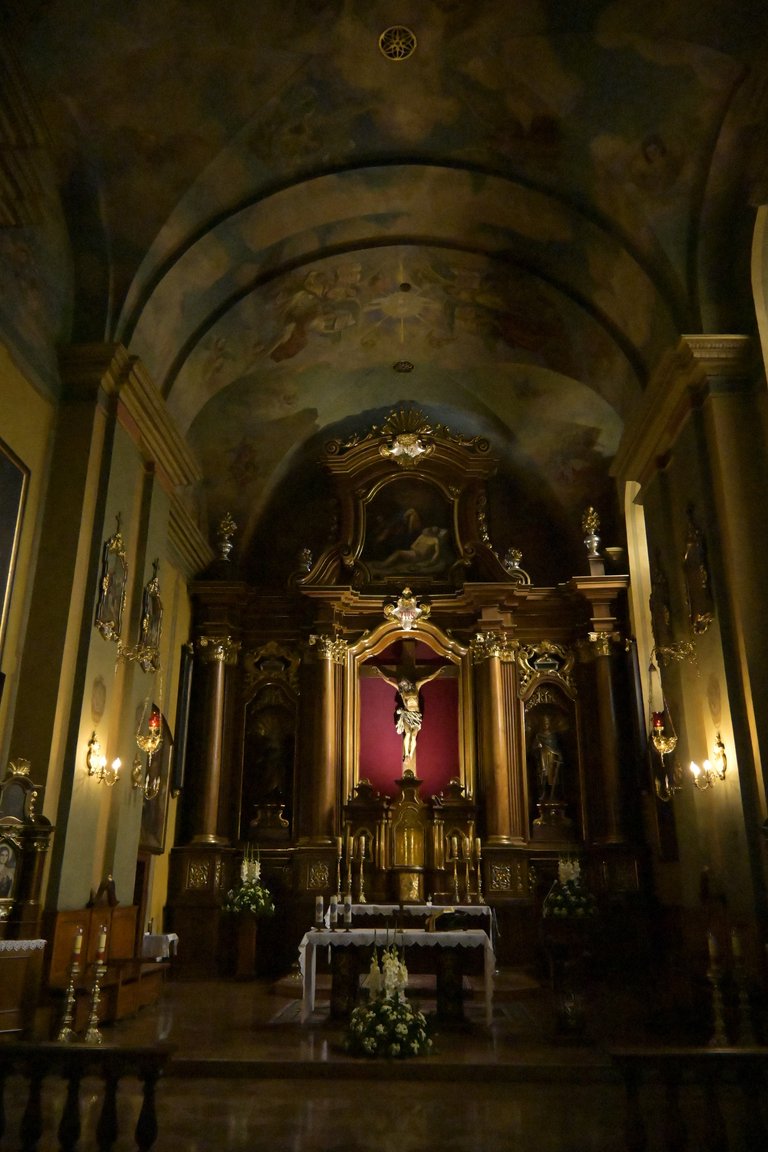
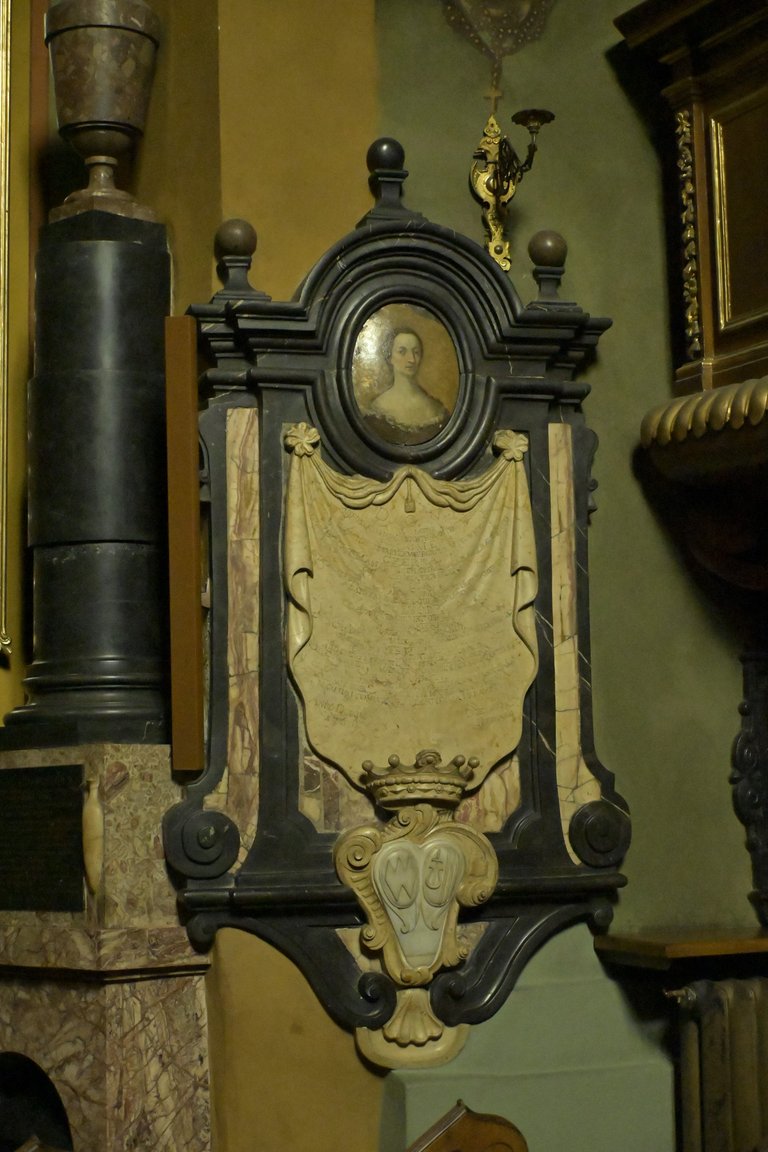
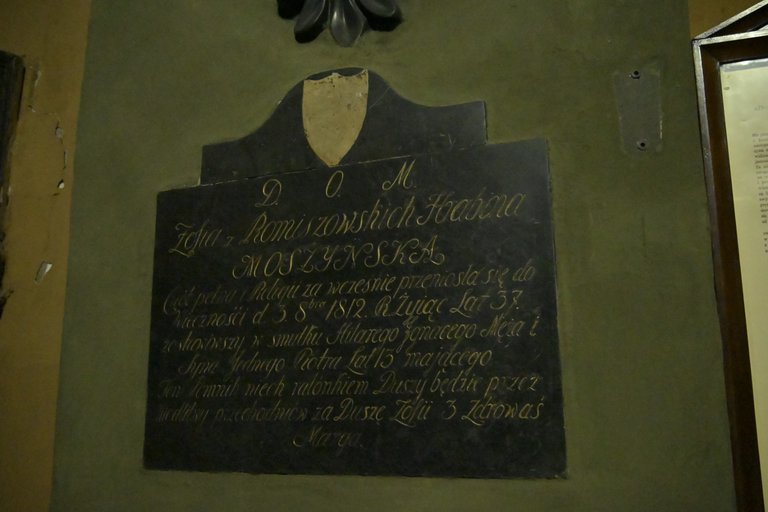
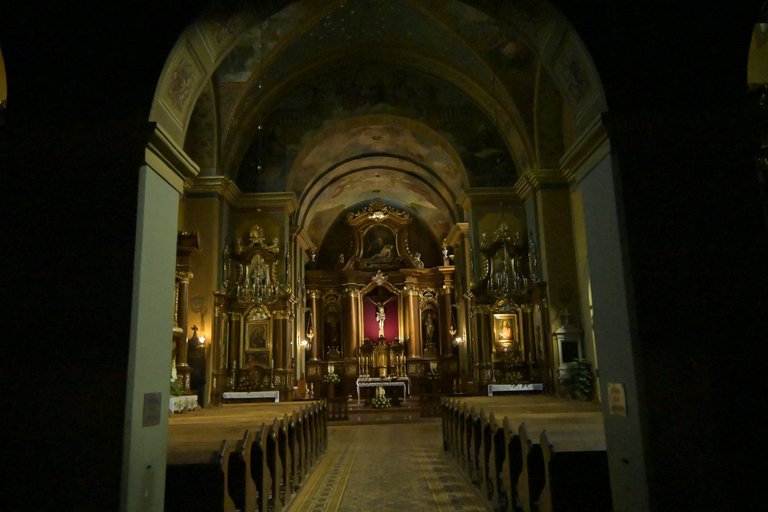
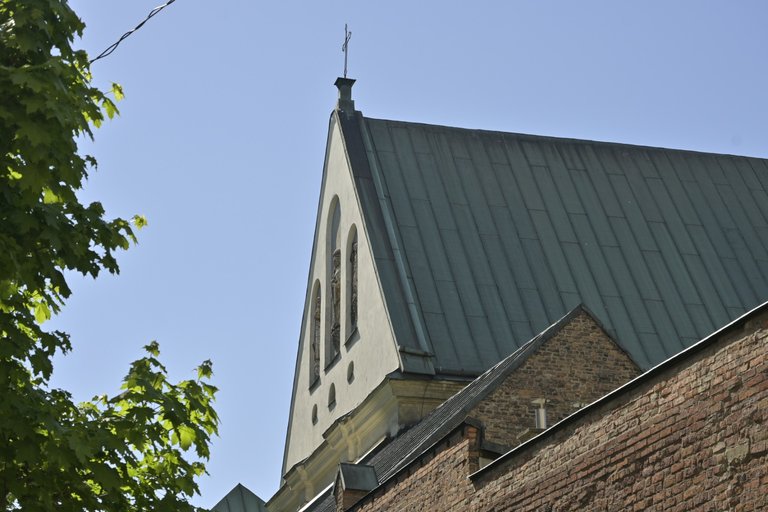
You can check out this post and your own profile on the map. Be part of the Worldmappin Community and join our Discord Channel to get in touch with other travelers, ask questions or just be updated on our latest features.
Congratulations, your post has been added to the TravelFeed Map! 🎉🥳🌴
Did you know you have your own profile map?
And every post has their own map too!
Want to have your post on the map too?
- Go to TravelFeed Map
- Click the create pin button
- Drag the marker to where your post should be. Zoom in if needed or use the search bar (top right).
- Copy and paste the generated code in your post (any Hive frontend)
- Or login with Hive Keychain or Hivesigner and click "create post" to post to Hive directly from TravelFeed
- Congrats, your post is now on the map!
PS: You can import your previous Pinmapple posts to the TravelFeed map.Opt Out
Seeing these pictures gives me goosebumps! The architecture inside is well planned and I love how it built to praise our Lord God. Thanks for this!
Thank you for your kind words
The church has a very cool architecture and its history is amazing. I really like it. Seeing some of the photos is really amazing ❤️
Thank you for your kind words.
You're welcome my friend ❤️
Hiya, @ybanezkim26 here, just swinging by to let you know that this post made it into our Honorable Mentions in Travel Digest #2625.
Your post has been manually curated by the @worldmappin team. If you like what we're doing, please drop by to check out all the rest of today's great posts and consider supporting other authors like yourself and us so we can keep the project going!
Become part of our travel community:
Thank you for your kind words
You are very welcome @olusiu! it was well deserved. ☀️
We are already looking forward to reading more about your adventures!
Can you please tell me what Reformati churches are?
This is the common name of one of the groups of the Franciscan order.
Congratulations @olusiu! You received the biggest smile and some love from TravelFeed! Keep up the amazing blog. 😍
Thanks for using TravelFeed!
@for91days (TravelFeed team)
PS: Did you know that we launched the truvvl app? With truvvl, you can create travel stories on the go from your phone and swipe through nearby stories from other TravelFeed users. It is available on the Apple App Store and Google Play.
Such an interesting piece of Krakow’s history! Amazing how this church and monastery have stood the test of time despite so many challenges—definitely a must-visit for anyone who loves architecture and hidden gems!"
Thank you for your kind words
@tipu curate 8
Upvoted 👌 (Mana: 0/70) Liquid rewards.
The historical fascinates me and the design is quite familiar because it has resemblance in the church in our country. And everything you take was awesome.
Thank you for your kind words
I'm in awe of the the interior architectural design. I have no perfect words for it. Indeed, the world is blessed with talented and creative people who think outside the box.
The design is a master piece. Thank you for sharing.
Thank you for your kind words
You are welcome
Wow,amazing church. I think one of the oldest church it is..
Thank you for your kind words
https://x.com/TravelfeedP/status/1946922622983287088
Hello olusiu!
It's nice to let you know that your article won 🥈 place.
Your post is among the best articles voted 7 days ago by the @hive-lu | King Lucoin Curator by polish.hive
You and your curator receive 0.0000 Lu (Lucoin) investment token and a 3.09% share of the reward from Daily Report 729. Additionally, you can also receive a unique LUSILVER token for taking 2nd place. All you need to do is reblog this report of the day with your winnings.
Buy Lu on the Hive-Engine exchange | World of Lu created by @szejq
STOPor to resume write a wordSTART